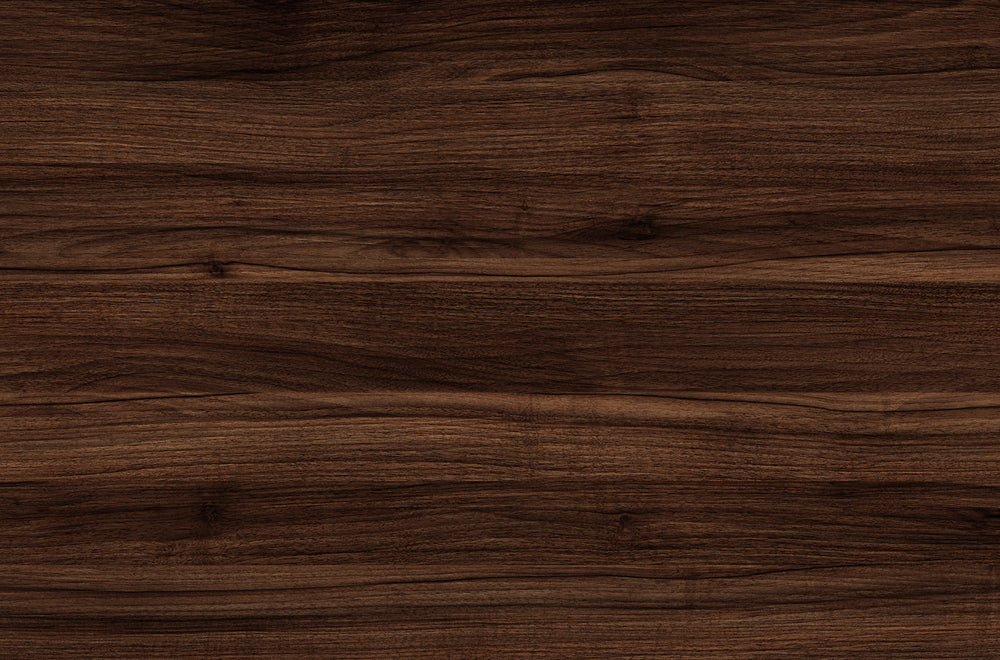Wood is a commonly used material in construction. However, being an organic material, its appearance may change over time making it ill-suited to your décor. One way of tailoring wood elements to your liking is by applying stains.
Matching the right woods with the appropriate hardwood stains can go a long way in creating your desired flooring outcome.
Read on to find out some clarity about hardwood stains and how they can be useful to your home.
What is hardwood stain?

Hardwood stains are liquid solutions that consist of pigments that stick into the pores and grains of wood. There are two main types of hardwood stains which include oil-based stains and water-based stains.
Each kind of stain features a pigment, a carrier, and a binding element that ensures the desired color sticks to wood.
Stains are popular because they create visual contrast within the color tones and bring out the natural grain pattern of different kinds of wood.
Wood stains are a bit different from dyes, which unlike stains typically come in powdered form that is mixed with an appropriate solution before being applied to the hardwood.
Dyes also seep deeper into the wood and bind with the organic material at an organic level. Also, dyes do not require a binding agent for the solution to be effective.
What are the most popular hardwood stains?
Red and honey-colored stains

A honey-colored tone fills a room with a welcoming feel that looks warm. This appearance pairs flawlessly with contemporary and classical furnishings.
Using a red, orange, or honey tone is one of the best ways to introduce some subtle depth and enhance the grain of your hardwood floors.
You can further complement this look with white wood furniture and white walls, as the colorful tones keep white hues from looking cold and clinical.
Coffee and mid-brown color stains
You can introduce a touch of class when you seek out a coffee or a mid-brown hardwood stain. It is the ideal choice for homeowners looking for a chic and refined look.
This stain is versatile and allows you to mix and match with different styles. Coffee-colored stains work remarkably well as a neutral background color, thus making it a good choice during redecorations.
The tone also works well with blues and grays to offer a more relaxed feel.
Dark brown color stains
You can mimic the looks of impressive hardwood species by using dark brown color stains. One example is how white oak hardwood stained with brown stains will transform it into something that can fit into either traditional or modern décor styles.
Regardless of which style you go with, a dark brown stain makes a bold and beautiful statement in your home.
Gray stains
Gray is all the rage when it comes to flooring at the moment, and you ought to consider it when installing new floors or refinishing your floors for an updated appearance.
Gray hardwood flooring allows you to have a neutral basis with a more interesting appearance than medium browns.
For a modern look, you can pair gray stains with contemporary colors. Try to find a warm taupe-gray stain to give your space a truly neutral feel, or a cool blue-gray that gives a fresh vibe.
Patterned floors using wood stains
You can enlist a flooring expert with the right skills and knowledge to help you create fantastic floor patterns when applying the stains.
With a professional by your side, the sky is the limit when it comes to choosing what kind of pattern you want. Patterned floors work well with modern and traditional interior decor alike.
Whitewashing and colour-washing
This involves using diluted paints and dyes to customize hardwood floors. Whitewash is preferred when enhancing light and airy designs.
On the other hand, using bright hues in color washing is an excellent choice for homeowners who want to break free from traditional design tropes for a unique look.
What are the benefits of staining hardwood floors?

Stains dramatically alter the appearance of wood thus allowing it to have an aesthetic appeal that matches your home’s design.
The right wood stain can also enhance the natural features of wood, thus giving it a more rustic or refined appearance determined by the desired effect.
Stains penetrate deep into the wood and thus give it an extra layer of protection against scratches, moisture, and wear.
Wood stains can help you refresh old wood and give it back its luster, thus restoring its beauty and extending its lifespan.
Tips and tricks for successful wood staining

Test the stain on a small section before applying it to an entire floor to make sure you are happy with its appearance.
Work the stain in the direction of the wood grain to help it penetrate the surface more effectively and result in a uniformly attractive finish.
Avoid staining in direct sunlight which can cause the stain to dry too quickly which makes it more difficult to wipe off the excess and achieve a consistent finish.
Apply multiple thin coats rather than one thick coat to have more control over the color intensity and to prevent unevenness.
Staining wood can be tiresome, so take breaks to ensure you are working consistently and applying the stain evenly.
Conclusion
Staining wood refers to applying pigmented finishes to wood aiming to change color and enhance the appearance of its natural texture and grain. It does not only modify the appearance of the floors, rather it is an additional layer of protection from wear and tear.
Hardwood stains are a popular choice in modern interior décor and are particularly good if you are looking to enhance the appearance of the grain patterns and when you are looking to give your home a new look altogether.
There are many colors to choose from when considering hardwood stains. Before you settle on a particular choice, check whether it would fit into the overall look and feel of your home.
Dark stains add a sense of drama and sophistication, while lighter colors result in an airy feeling.






1 comment
yietvzqiyf
Muchas gracias. ?Como puedo iniciar sesion?
Leave a comment
This site is protected by hCaptcha and the hCaptcha Privacy Policy and Terms of Service apply.